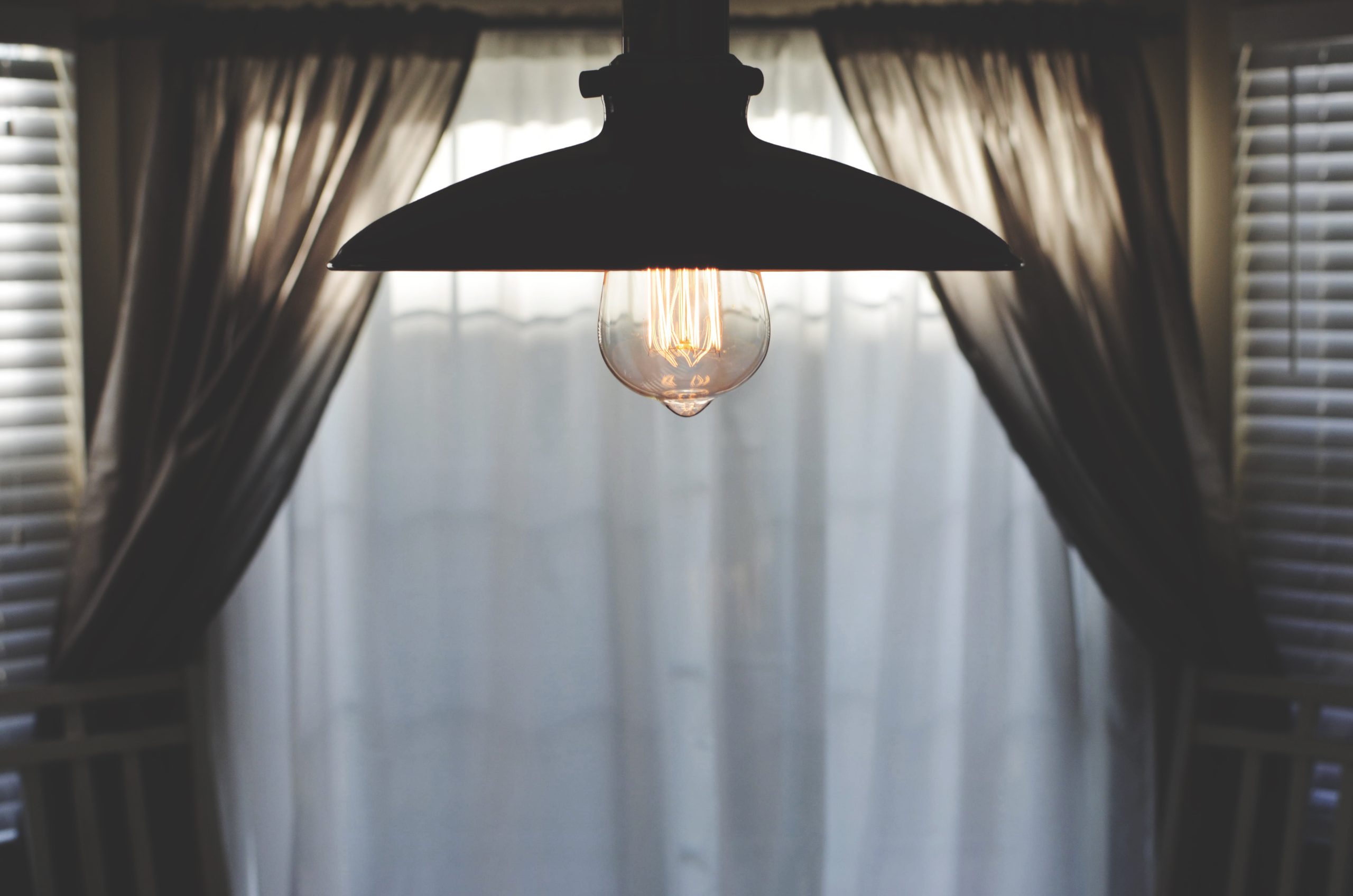 Old or historical homes are sometimes attractive to potential home buyers, with quaint features and old-world charm. Unfortunately, along with them comes a very dangerous element – an antiquated electrical system.
Old or historical homes are sometimes attractive to potential home buyers, with quaint features and old-world charm. Unfortunately, along with them comes a very dangerous element – an antiquated electrical system.
Not only may the wiring of your older home be outdated, but the heavy electronic lifestyle we live today is a load too big for some of these homes to bear. From big screen televisions, to desktop computers and laptops, to home exercise equipment, and central air conditioning, these luxuries were not available in the pre-World War II era, so there was no need for a more advanced electrical system.
Because of the lack of appliance usage many years ago, there are also very few receptacles in older homes compared to newer homes. Another issue is that older homes typically have lower voltage systems that what is standard today. A 60- or 100-amp system used to suffice, but a 200-amp service has been typical for many years now. Not to mention the natural deterioration of materials such as wire insulation over time.
Between 2010 and 2014, United States fire departments responded to an average of 45,210 fires in the home involving an electrical failure or malfunction. They caused annual averages of 420 deaths, 1,370 injuries, and $1.4 billion in property damage.
To safeguard your longstanding home from these, and other, dangerous electrical shortcomings, here are a few things you can do:
- Have an electrician install more wall receptacles. Stringing together extension cords or having them run through doorways and under rugs is dangerous. You should have outlets installed every 12 feet or within 6 feet of any doorway to alleviate the need for extension cords.
- Update current wall receptacles. You may find damaged or loose outlets throughout your home, which can cause a fire. You may also come across outlets that only have two prongs instead of three. These need to be changed out for new ones.
- Update your service to a 200-amp panel. You don’t want to overload your system with modern appliance and electronic usage. An electrician can do a load calculation to determine your house’s service size if you’re not sure what you have.
- Make sure circuit breakers are working. If you have a smaller system and your circuit breakers aren’t working, then they won’t properly trip when your service is overloaded.
- Have GFCI outlets installed. It’s now required to have these preventive outlets installed in any potentially wet rooms, such as bathrooms, kitchens, and basements.
- Make sure you have copper wiring, not aluminum. While it’s rare, there are older homes that were built using aluminum wiring. This is very dangerous, as the aluminum connections can loosen over time, causing overheating and fires.





